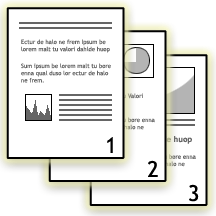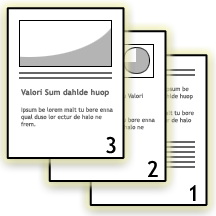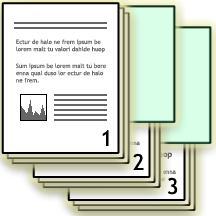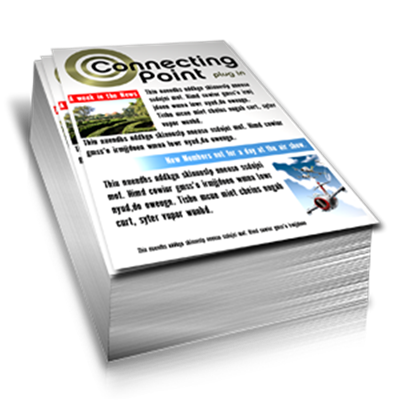Our online printing store may include options to have the pages of the finished document collated. Or, we may require that pages be laid out in a way that facilitates collating the pages during production. Examples of printed items that are often collated include brochures, books, booklets, manuals, copies, and pamphlets.
What is collating?

In printing, collating refers to sequentially layering the pages of a multiple page document, book, brochure, etc. in their proper, finished order. Collation is performed during the finishing process. It is often followed by binding the pages together. The simplest example of collating is a three page document, where page one is followed by page two, which is followed by page three. This is the same sequence the pages are read.
What is reverse collating?

Instead of sequencing the pages where page one is followed by page two, which is followed by page three, the pages are in reverse order. Page three is first, followed by page two, which is followed by page one.
What is meant by uncollated?
An option to order a multiple page document without collating (i.e., uncollated), simply means that each page will be delivered in separate stacks or bundles. Page one will be in one stack, page two in other stack, etc.
What is slip sheeting?

In printing, slip sheeting refers to placing a blank piece of paper between groups of printed pages. It can be used with collated or uncollated pages. Slip sheets make it easy to see where one set stops and another begins, especially when stacked loose one on top of another and packed in cartons.

